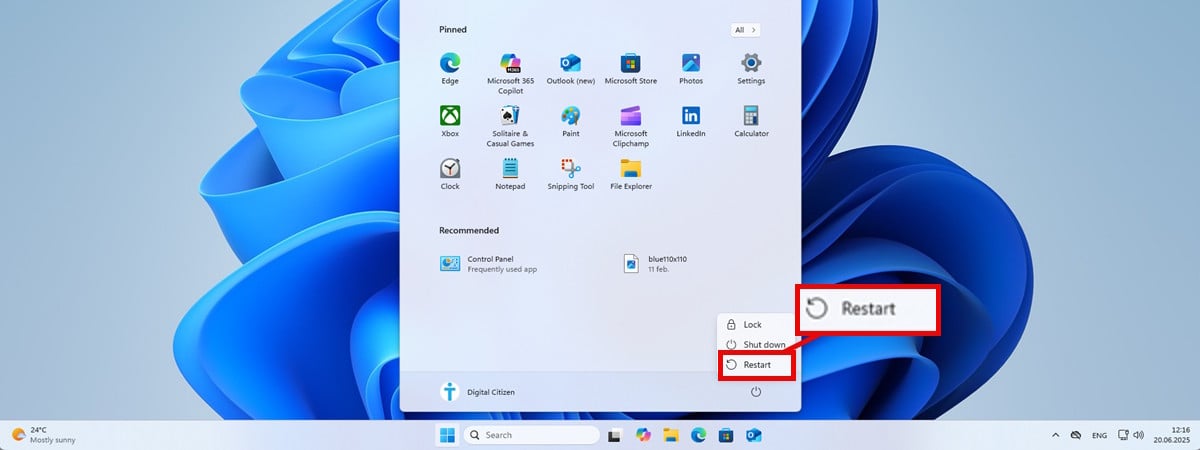
Your Amazon Prime Video experience will be getting just a little bit worse in the coming weeks and months, as the company announced Wednesday that it plans to increase the number of ads shown on the streaming service.
According to a report from The Financial Times, the changes will take effect early next year. However, there are scant additional details regarding how many more will be served and where they might appear. It will begin with “a very light load” of ads, Kelly Day, VP of Prime Video International, told FT, and that the company is aiming for a “gentle entry into advertising.”
“We know it was a bit of a contrarian approach to take,” Day said. “But it’s actually gone much better than we even anticipated.” Namely, because the company didn’t see any “groundswell of people churning out or canceling” after it started running interstitial advertisements on Prime Video in January 2024. At the time, Amazon claimed that running ads would “allow us to continue investing in compelling content and keep increasing that investment over a long period of time.”
The company expanded its onscreen advertising in May when it added them to the pause screen and currently plans to roll out, in the near future, a feature that can add items to your cart directly from the video stream. You can remove the advertisements on the service that you already pay between $9 and $15 for each month by tacking on an extra $3 to each bill.
Many video streaming services have switched from their original ad-free models to an ad-supported format, where they run ads in addition to charging a monthly fee. Netflix, for example, eliminated its $12 ad-free tier in July and replaced it with an ad-supported plan that costs $7 a month. Hulu, conversely, has always run ads.
The practice has certainly worked out for Amazon, which drew more than $1.8 billion in ad commitments at an upfront event in September. The company estimates it will earn as much as $4 billion in ad revenue in 2025.
Source: Financial Times
Source link











